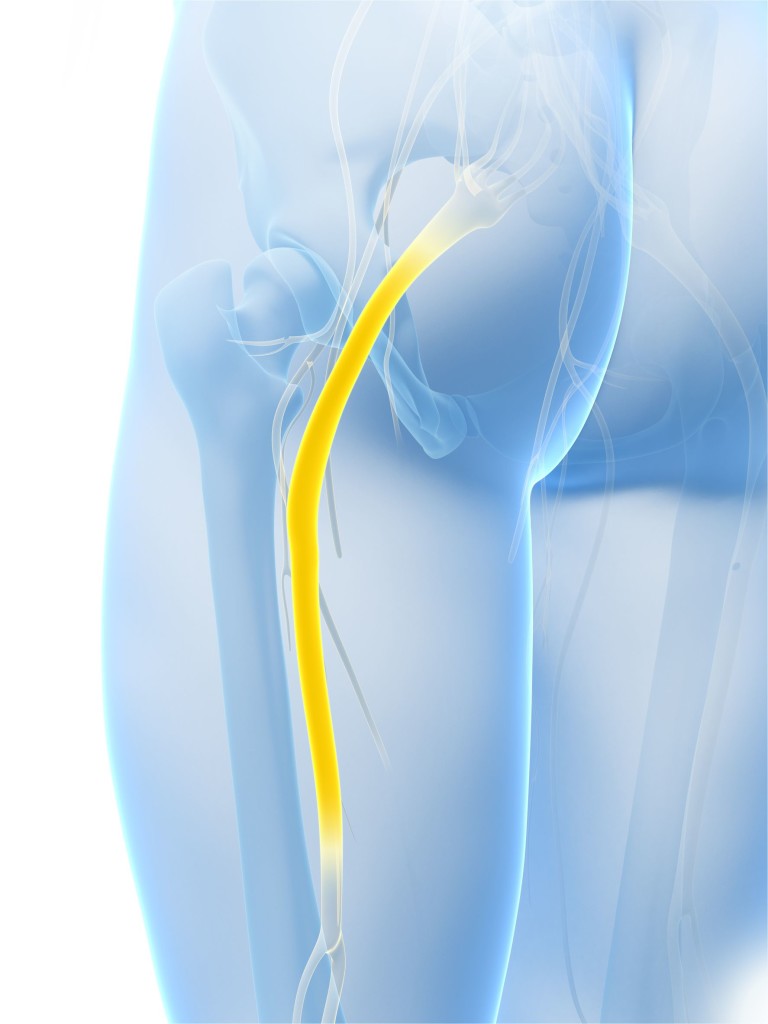Piriformis Syndrome & Sciatic Nerve Pain
Category: Nerves, Spine | Author: Stefano Sinicropi
 Piriformis syndrome is an unusual condition impacting the sciatic nerve. It can cause pain, loss of feeling in the legs, and impede a patient’s ability to balance and walk properly. In this article, we will define piriformis syndrome, talk about how it relates to the spine, and offer some treatment options for the condition.
Piriformis syndrome is an unusual condition impacting the sciatic nerve. It can cause pain, loss of feeling in the legs, and impede a patient’s ability to balance and walk properly. In this article, we will define piriformis syndrome, talk about how it relates to the spine, and offer some treatment options for the condition.
What is Piriformis Syndrome?
Piriformis syndrome is a condition that impacts the neuromuscular system. The piriformis muscle is located near the hip joints, and is essential to our ability to walk, maintain balance, and participate in sports. When a person suffers from piriformis syndrome, this piriformis muscle compresses the sciatic nerve. leading to pain in the legs, low back, buttocks, and possibly nerve damage if left untreated.
Here are a few of the more common symptoms of piriformis syndrome:
- A tingling or numbness that starts in the buttocks and may radiate down the legs.
- Pain in the low back, buttocks, or legs.
- Loss of feeling in the lower extremities.
- Bladder control issues.
If you are experiencing any combination of these symptoms, make an appointment with your physician. Piriformis syndrome is a serious condition that should be treated immediately. Any condition that threatens the nerves should be addressed as soon as possible. As we’ve discussed before, you can prevent nerve damage, but once that damage is done, there is little you can do to fix it.
Treating Piriformis Syndrome
The first step in treating piriformis syndrome is successfully diagnosing the condition. Since primary symptoms are similar to other conditions like sciatica or herniated discs, piriformis can be easily misdiagnosed. MRIs, X-rays, or other imaging test may be order to rule out these other conditions.
Once a diagnosis has been made, treating piriformis syndrome usually begins with conservative options like physical therapy exercises. Injections and anti-inflammatory meds may also be effective in treating pain. Surgical intervention is typically a last resort, but may be the best course of action under certain circumstances.